Greenhouses provide a controlled environment in which climatic conditions can be optimized to promote the growth of specific crops throughout the year. However, this ecosystem is also subject to risks related to the presence of potentially dangerous gases, both to human health and plant productivity. Gas detection within greenhouses is therefore a key aspect of ensuring safety and sustainability.
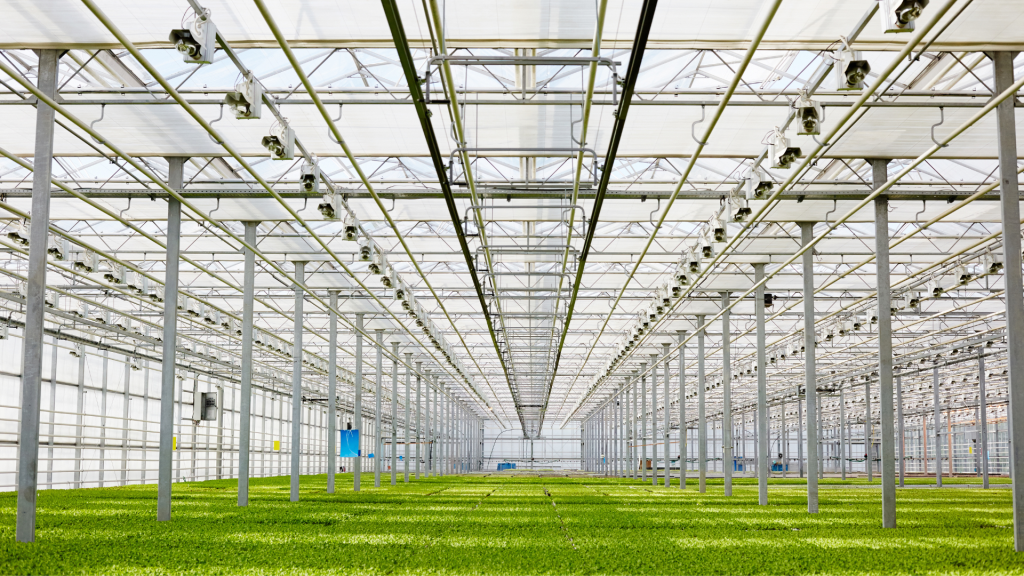
Gas detection in greenhouses: what are the risks
Inside greenhouses, various biological, chemical and technological processes can generate harmful gases or alter air quality. Among the main reasons why it is crucial to monitor gases are:
- Safeguarding worker health: Gases such as carbon monoxide (CO) or ammonia (NH3) can reach dangerous concentrations, especially in enclosed spaces
- Crop well-being: The presence of excessive levels of carbon dioxide (CO2) or oxygen (O2) can adversely affect photosynthesis and plant growth
- Prevention of fire or explosion: Some gases, such as methane (CH4) or hydrogen sulfide (H2S), can create hazardous conditions if accumulated in high concentrations
- Energy efficiency and optimization: Monitoring gases allows ventilation and heating systems to be regulated, reducing waste and consumption
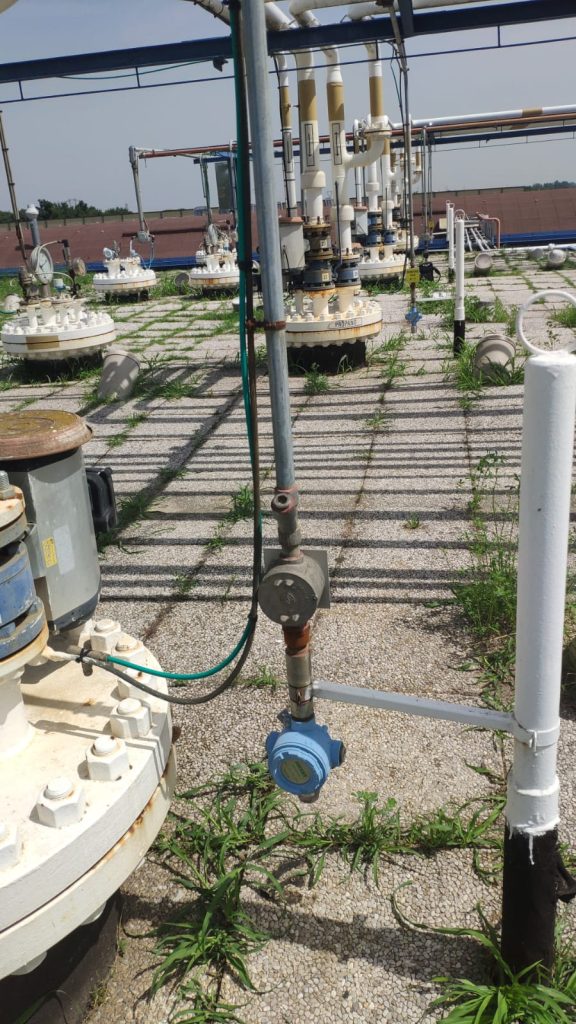
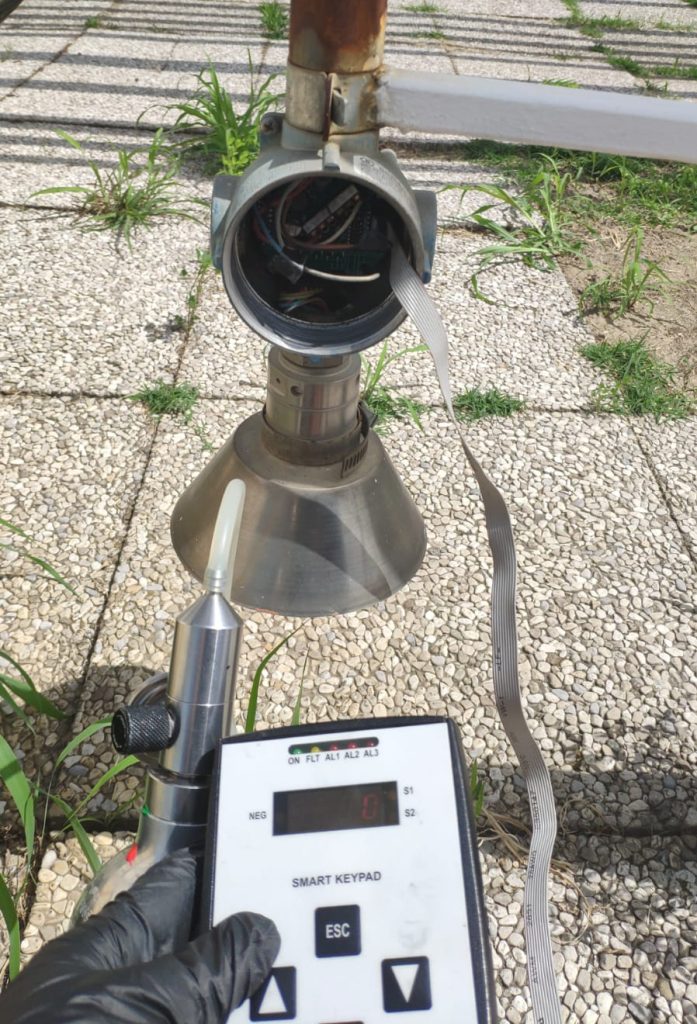
Gas detection in greenhouses: what are the most common gases
Depending on the type of crop and the technologies used in the greenhouse, several gases must be kept under control. Among the most common:
- Carbon dioxide (CO2): Essential for photosynthesis, but in concentrations that are too high can be harmful
- Carbon monoxide (CO): Often derived from poorly functioning heat generators or equipment
- Ammonia (NH3): Especially present in greenhouses using nitrogen fertilizers
- Oxygen (O2): Important to monitor in hydroponic or aeroponic growing systems
- Methane (CH4) and hydrogen sulfide (H2S): May result from decomposition of organic material

Gas detection in greenhouses: what technologies are used
Sensors used by stationary gas detectors in greenhouses can take advantage of different technologies, each suitable for specific gases and environmental conditions. Among the most widely used are:
- Infrared (IR) sensors: Ideal for detecting gases such as CO2 and CH4. They use the ability of gases to absorb specific wavelengths of infrared light to determine their concentration
- Electrochemical sensors: Used to detect gases such as CO, NH3 and H2S. These sensors measure chemical reactions between the target gas and an electrolyte, producing an electrical signal proportional to the concentration
- Catalytic sensors: Suitable for flammable gases such as CH4. They work by detecting the heat produced by the combustion of the gas on a catalyst
Sensors are chosen based on the type of gas to be monitored and the specific needs of the greenhouse, such as the level of accuracy required and compatibility with other monitoring systems.
Discover our produtcs
Sensitron gas detectors are suitable for use in any application:
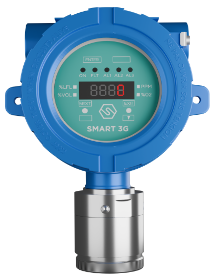
SMART 3G D2
Suitable for detecting the presence of flammable substances, toxic gases, refrigerants and oxygen in classified areas.ATEX, IECEx and SIL2/3 certified
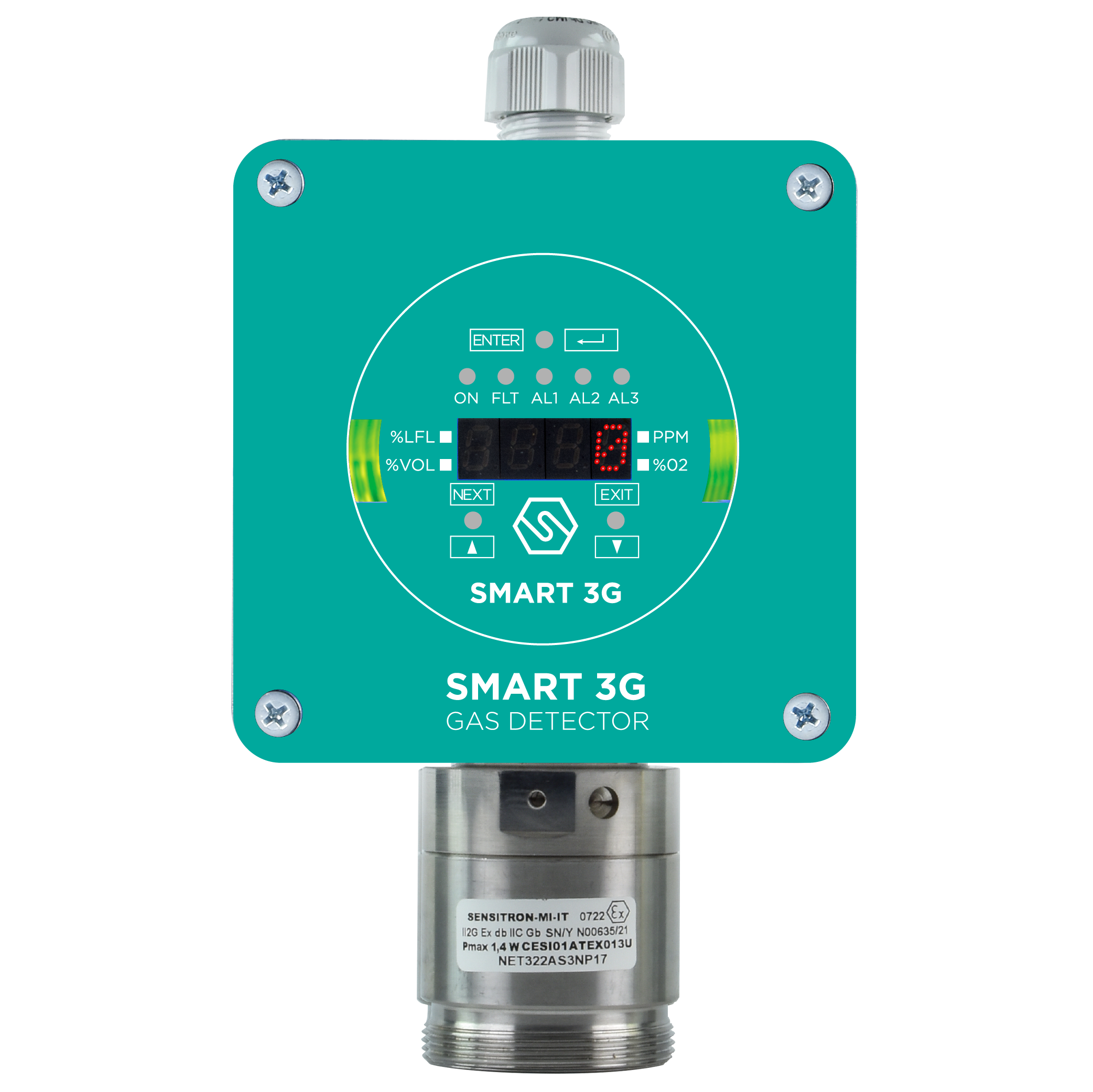
SMART 3G D3
Suitable for detecting in classified areas,ATEX, IECEx and SIL2/3 certified, enables non-intrusive field calibration.
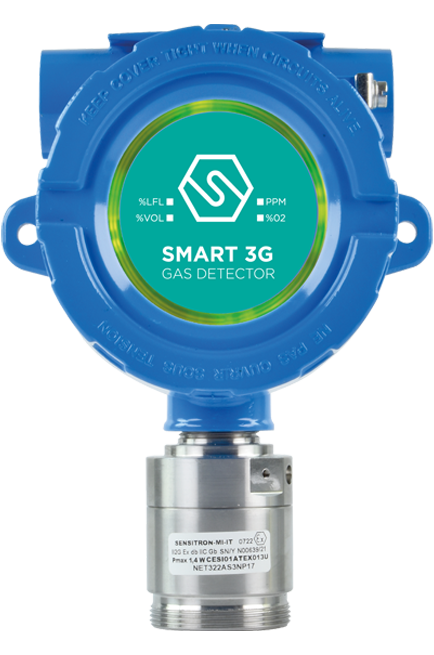
SMART 3G C2
Suitable for detecting, in classified areas, the presence of flammable substances (% LFL), toxic gases in ppm, refrigerant gases or for the detection of oxygen deficiency or excess.
Our certifications
Within hazardous environments where strict safety standards must be met, it is important to use products that are certified and in line with regulations. Learn about our certifications:

ATEX
The Directive sets out the requirements and assessment of equipment intended for use in potentially explosive atmospheres.

IECEx
The IECEx system is an international certification system. It is developed by the International Electrotechnical Commission.

SIL
The Safety Integrity Level (SIL) is the ability to reduce the assessed risk by ensuring the reliability of safety systems.

